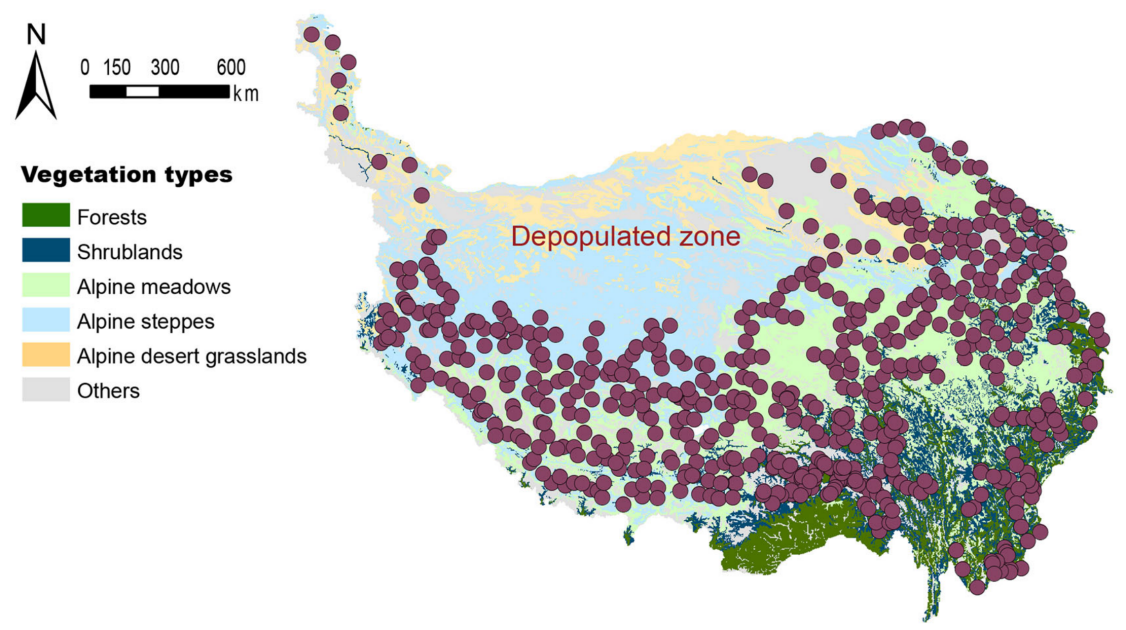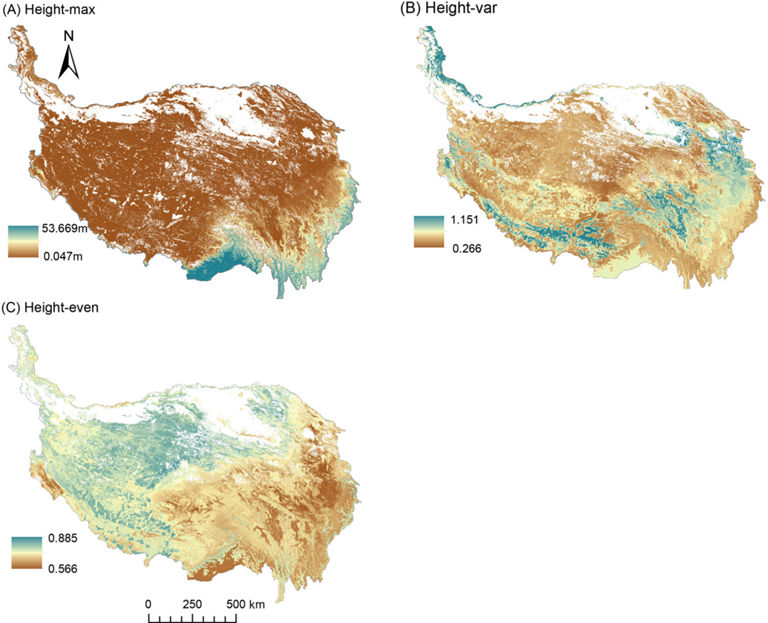Researchers reveal the causes of complex spatial structure of plant communities
When observing plant landscapes in nature, it becomes evident that different regions exhibit varying spatial structures in their plant communities. For example, tropical rain forests showcase a highly intricate spatial arrangement with a multitude of species occupying different vertical levels, while plateau ecosystems display a convergence in plant heights. The factors contributing to this regional-scale variation in vertical structural complexity of plant communities remain ambiguous.
Changjin Cheng, the first author of the study and a postdoctoral fellow at the South China Botanical Garden, emphasized that vertical structural complexity is a crucial attribute of plant communities, reflecting the distribution of plants across different above-ground spatial niches. However, related research in this area faces two key limitations: First, there is insufficient understanding of the geographical pattern of vertical structural complexity and its driving mechanisms; second, there is a lack of high-resolution vertical structural complexity atlas at the regional scale.
In response to the above two deficiencies, the team of the Guangdong Dinghushan Forest Ecosystem National Field Scientific Observation and Research Station and Northeast Forestry University conducted relevant research. The researchers investigated 2013 standard quadrats based on the grid sampling method and used three parameters to quantify the vertical structural complexity, namely the maximum plant height within the quadrat, the coefficient of variation of plant height and the Shannon uniformity of plant height.
This study explains from a scientific perspective the reasons for the uneven distribution of individuals in plant communities in nature, and provides a scientific basis for our understanding of nature. At the same time, the study also generated a vertical structure complexity atlas with a 1-km spatial resolution. , which will provide important parameters for responding to global changes and related macroecological research.
Recently, related research papers were published online in Communications Biology (IF=6.27). The corresponding authors of the paper are Professor Nianpeng He and Professor Jiahui Zhang of Northeast Forestry University. This work was supported by the Second Comprehensive Scientific Expedition and Research on the Tibetan Plateau and the National Natural Science Foundation of China. Paper link: https://doi.org/10.1038/s42003-024-06076-x
First author information: Changjin Cheng: Postdoctoral, Research Center for Ecology and Environmental Sciences, South China Botanical Garden, Chinese Academy of Science, Research field: Forest ecology and climate change, E-mail: chengcj@scbg.ac.cn ; Tel :15201250748.


File Download: